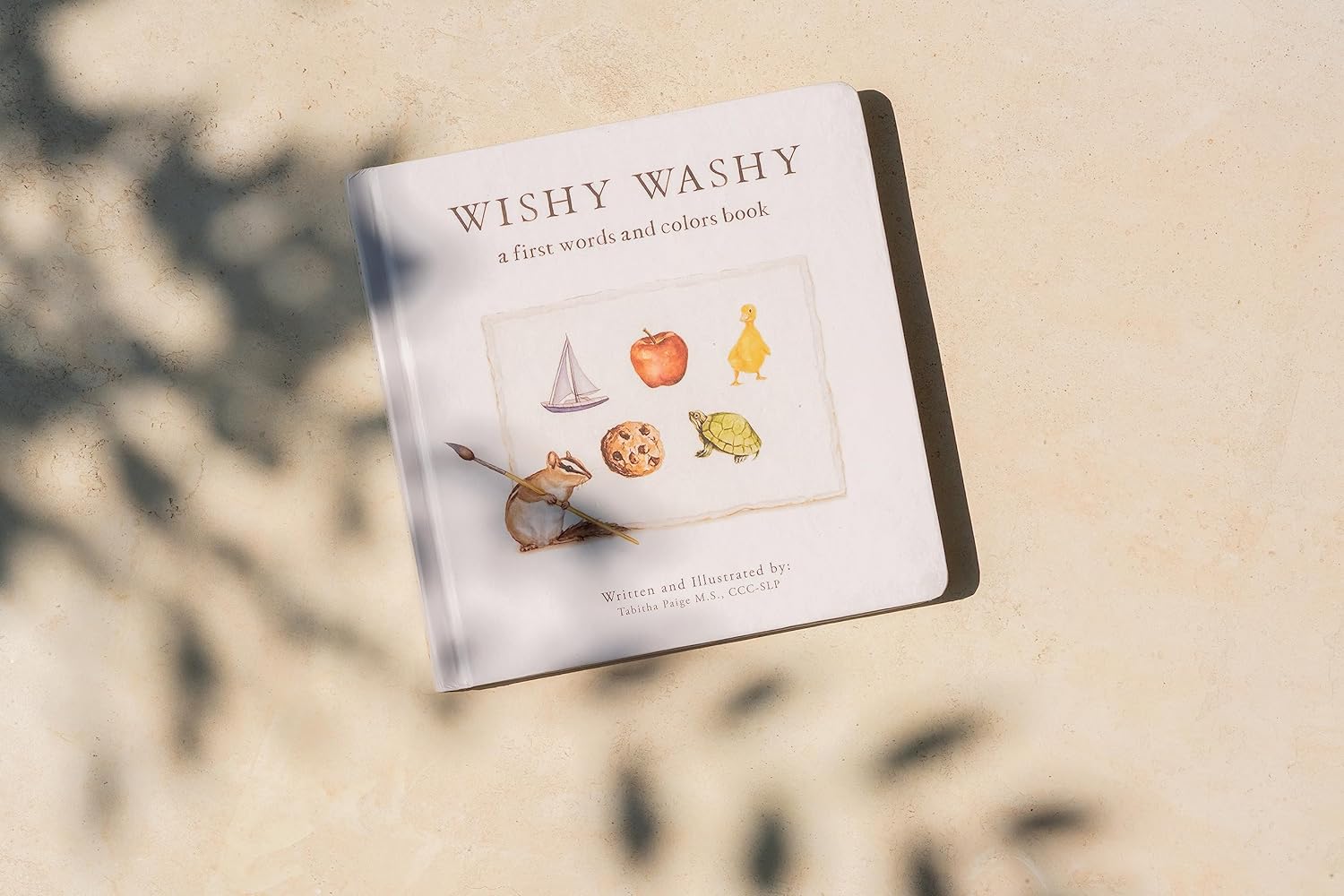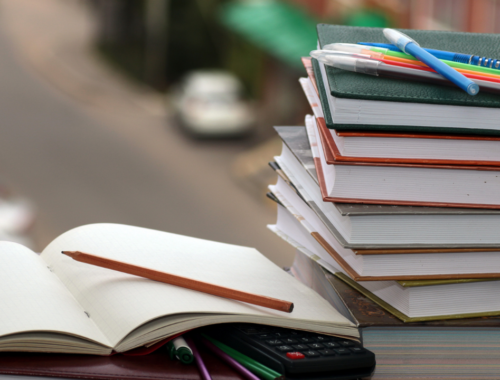
You’re likely already well aware of the differences between a paperback and a hardcover book, but have you heard of a board book?
Despite what its name suggests, board books are not another moniker for hardback books, nor are they used during board meetings. Neither paperback nor hardcover, board books are most often spotted in the children’s section of the library.
Here’s everything you need to know about the differences between a board book vs. hardcover book and why board books have their place on our shelves.
What is a Board Book?
When comparing a hardcover vs. board book, there are several similarities… until you reach the inner pages. Typically, a hardcover book features a thick, tough exterior that protects its more delicate inner pages. They’re fashionable and functional.
On the other hand, a board book doesn’t have thin, delicate pages at all. Instead, each page is thick, sturdy, and roughly the same thickness throughout. This is because board books were designed for children.
Board books are often spotted as titles geared towards younger children, such as learning books or bedtime stories. Instead of featuring thin pages, each page—or “board”—is made using cardboard or paperboard.
Board books are typically shorter than hardcover books, with the industry standard clocking in at 24–32 pages for a board book. They can be longer or shorter, but board books and other similar types of picture books are produced with pages in multiples of eight.
Additionally, board books typically have rounded corners. This prevents children from hurting themselves on sharp edges.
Board Book vs. Hardcover: The Durability Factor
Young readers are notoriously tough on their books, especially when they are still developing their motor skills. Though hardcover books may look more distinguished on a shelf, they soon lose their sheen when being lovingly read or played with by a toddler.
Though hardcover books are durable when compared to paperback, the exterior shell only is able to protect the book’s delicate inner pages when they are carefully read by an adult. When read by a toddler, hardcover books can do little to protect themselves from grasping hands and open mouths. After a session with a toddler, a hardcover book may look like little more than a title cover, inner pages torn and strewn about.
Printed on sturdy cardboard or paperboard, every page within a board book is intended to withstand the wear and tear of even the most voracious of young readers. Tiny hands will have increased difficulty ripping pages from board books, and rounded corners mean there are fewer points of interest for nibbling.
Durability is the main difference between hardcover and board books, but there are a few different factors to consider when choosing between the two when adding to a child’s personal library.

Board Book vs. Hardcover: What to Consider
|
● Construction & Durability Hardback books feature rigid covers, which protect their pages from wear and tear over time. However, they are only able to do so when the reader respects the delicate pages within. Board books have thick, rigid pages made of paperboard or cardboard throughout, which makes them particularly resistant to damage. ● Target Audience Hardback books are designed for older readers—young adults and older—and can range in length. Though many picture books are hardback books, they are generally targeted towards older children. Board books are primarily designed for babies, toddlers, and preschoolers and, as a result, feature colorful, captivating content aimed at those age groups. ● Aesthetic Appeal Let’s face it: Many avid book lovers are not only concerned with the content of a book but also how it will look when displayed on their shelves. Hardback books are often an aesthetically driven book collector’s favorite, as their cover and spine designs can include intricate artwork, embossments, and textures. Board books can feature these design elements, but for the most part, they will look like cardboard children’s books. If you are especially concerned about the “look” of your bookshelves, you may try searching for rare spine designs, buying used children’s books, and installing a shelf in your child’s room dedicated to their board books. ● Price Point Depending on the book, hardcover books are generally more expensive than board books due to their construction. This makes board books a more accessible option for families, teachers, or librarians that deal with young children that go through titles quickly. ● Interactivity With hardcover books, what you see is what you get. Hardcover picture books may offer a more interactive experience, but it may not catch a young child’s fancy for long. On the other hand, board books often incorporate interactive features, such as pop-ups, flaps, textures, or sound devices that can be played with and explored while reading. This is a bonus for toddlers and young children with shorter attention spans, as it helps keep them engaged and enhance a young reader’s overall learning experience. |

Board Book vs. Hardcover: Which is Right for Your Child?
Board books and hardcover books are both essential tools on a young reader’s learning journey and belong on any child’s bookshelf among the best children’s books of all time.
Board books are especially useful for young children, as they are durable and engaging and often allow children to engage with books in a way that hardcover books cannot.
Hardcover books are best for older readers but can be successfully used by younger children who understand that books are for reading, not accidentally destroying. Still, hardback books can be fun for kids, provided they are read under adult supervision.
Also, you may introduce your child to the world of books with the top 5 reading apps for kids if they’ve outgrown board books and don’t like hardcovers.




